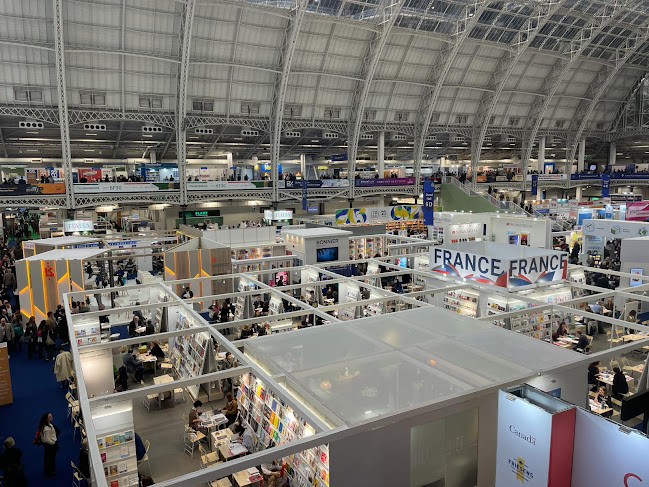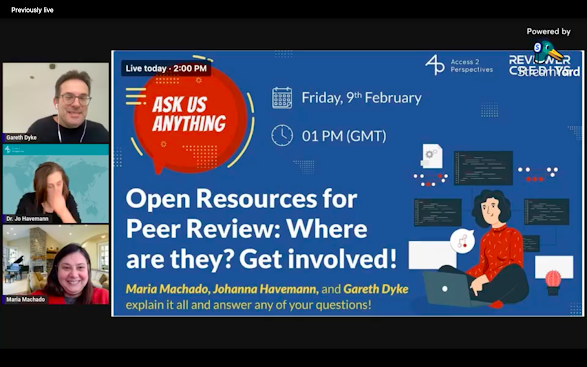EQUATOR Network: Resources for enhancing the quality and transparency of health research reporting

What is it? Fewer than half of the randomised trials published in 2000 included an adequate description of the primary outcomes measured (1). This is especially problematic for busy clinicians. A shift in culture prompted healthcare professionals to move from deciding on the most appropriate treatment for their patients by relying on their experience and training (sometimes outdated) to that of continuously evolving evidence-based medicine . Evidence-based medicine uses the scientific method to organise and apply current data to improve healthcare decisions (2). Physicians’ need to keep up-to-date with the latest advancements in policy and health research stumbles upon the overwhelming number of new manuscripts published each year; without straightforward communication of each intervention’s benefits and challenges, clinical decisions become exceedingly difficult (3). Moreover, research reproducibility and usefulness depend upon achieving accurate, complete, and transparent report...





